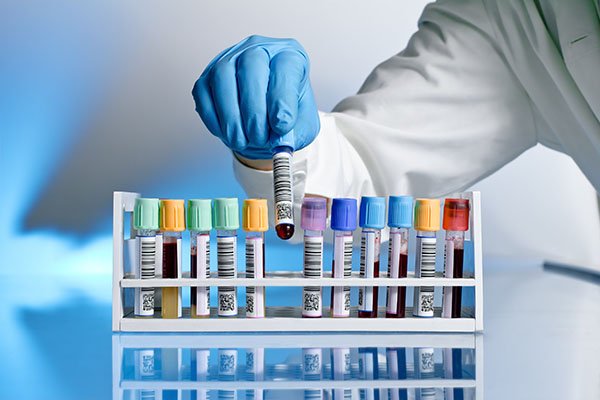The Impact of Barcode Tracking Systems on Hospital Efficiency and Cost Reduction
Summary
- Implementing a barcode tracking system for hospital supplies and equipment can improve efficiency and reduce costs.
- Best practices include conducting a thorough inventory assessment, selecting the right barcode technology, and training staff on how to use the system.
- Barcode tracking systems can help hospitals streamline processes, reduce waste, and improve patient care.
The Importance of Barcode Tracking Systems in Hospitals
In the fast-paced world of healthcare, hospitals are constantly looking for ways to improve efficiency and reduce costs. One area that can benefit greatly from technological advancements is supply and equipment management. Implementing a barcode tracking system for hospital supplies and equipment can streamline processes, reduce waste, and ultimately improve patient care.
Benefits of Barcode Tracking Systems
- Improved inventory management: Barcode tracking systems help hospitals keep track of their supplies and equipment more accurately, reducing the risk of stockouts or overstocking.
- Enhanced efficiency: By using barcode scanners to quickly and accurately record inventory movements, hospitals can save time and reduce the likelihood of errors.
- Cost savings: With better inventory management and increased efficiency, hospitals can reduce costs associated with lost or expired supplies, as well as inventory write-offs.
- Improved patient care: By having the right supplies and equipment on hand when needed, hospitals can provide better care to their patients and improve overall outcomes.
Best Practices for Implementing a Barcode Tracking System
Implementing a barcode tracking system for hospital supplies and equipment is a multi-step process that requires careful planning and execution. By following best practices, hospitals can ensure a successful implementation and maximize the benefits of the system.
1. Conduct a thorough inventory assessment
Before implementing a barcode tracking system, hospitals should conduct a thorough inventory assessment to identify areas of waste or inefficiency. This will help them determine which supplies and equipment need to be tracked and how best to organize their inventory.
2. Select the right barcode technology
There are several types of barcode technology available, including linear barcodes, 2D barcodes, and RFID tags. Hospitals should carefully assess their needs and choose the technology that best fits their requirements. Factors to consider include cost, ease of use, and compatibility with existing systems.
3. Train staff on how to use the system
One of the most critical factors in the success of a barcode tracking system is ensuring that staff are properly trained on how to use it. Hospitals should provide comprehensive training to all employees who will be using the system, including nurses, technicians, and other healthcare professionals.
4. Regularly review and update the system
Once the barcode tracking system is up and running, hospitals should regularly review and update it to ensure it remains effective. This may involve making adjustments to inventory levels, adding new supplies or equipment to the system, or troubleshooting any issues that arise.
Conclusion
Implementing a barcode tracking system for hospital supplies and equipment can have numerous benefits for healthcare organizations in the United States. By following best practices such as conducting a thorough inventory assessment, selecting the right barcode technology, and training staff on how to use the system, hospitals can streamline processes, reduce waste, and improve patient care. In an industry where efficiency and accuracy are paramount, barcode tracking systems offer a practical solution for supply and equipment management.

Disclaimer: The content provided on this blog is for informational purposes only, reflecting the personal opinions and insights of the author(s) on the topics. The information provided should not be used for diagnosing or treating a health problem or disease, and those seeking personal medical advice should consult with a licensed physician. Always seek the advice of your doctor or other qualified health provider regarding a medical condition. Never disregard professional medical advice or delay in seeking it because of something you have read on this website. If you think you may have a medical emergency, call 911 or go to the nearest emergency room immediately. No physician-patient relationship is created by this web site or its use. No contributors to this web site make any representations, express or implied, with respect to the information provided herein or to its use. While we strive to share accurate and up-to-date information, we cannot guarantee the completeness, reliability, or accuracy of the content. The blog may also include links to external websites and resources for the convenience of our readers. Please note that linking to other sites does not imply endorsement of their content, practices, or services by us. Readers should use their discretion and judgment while exploring any external links and resources mentioned on this blog.
